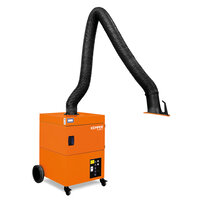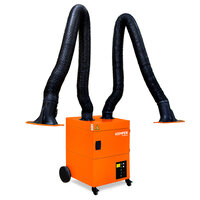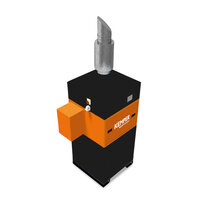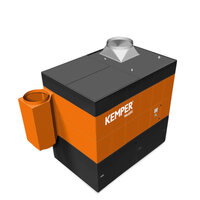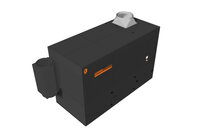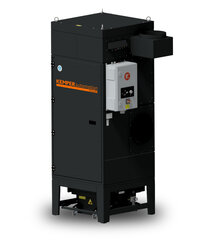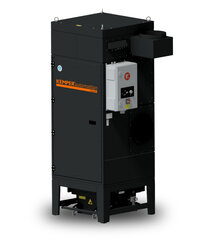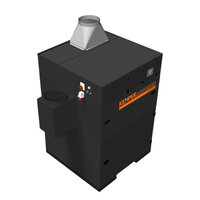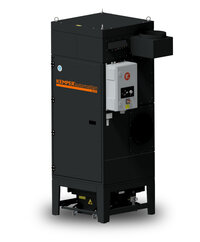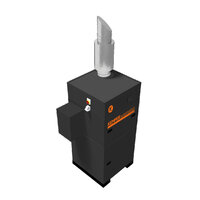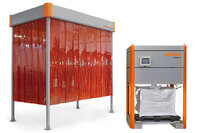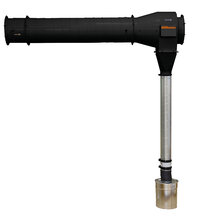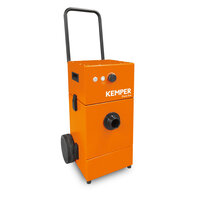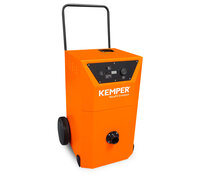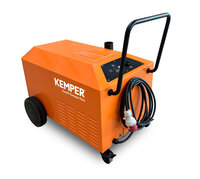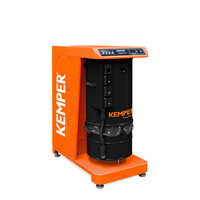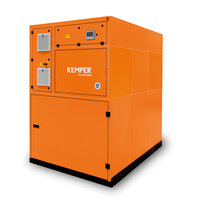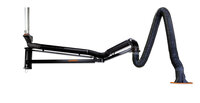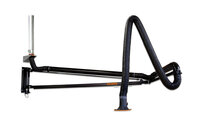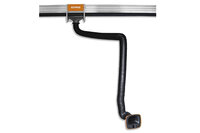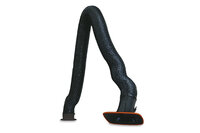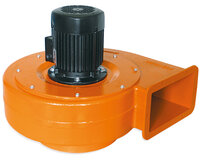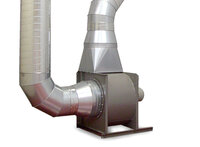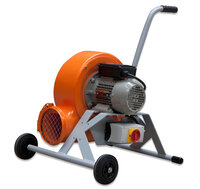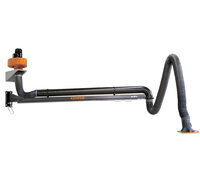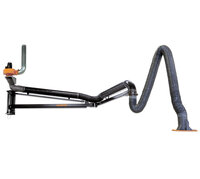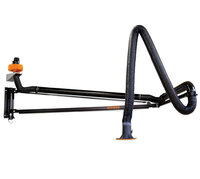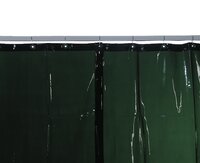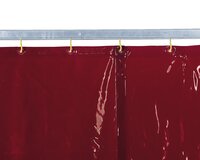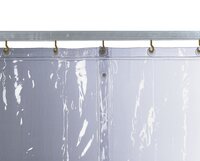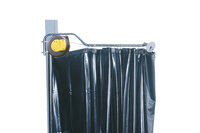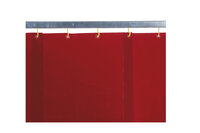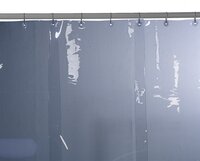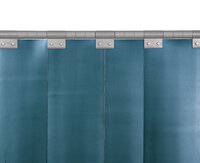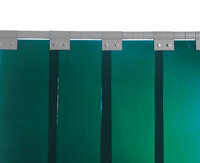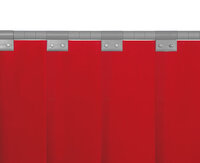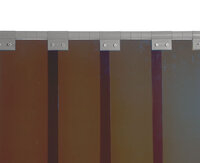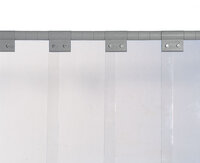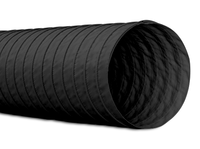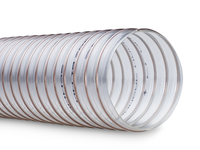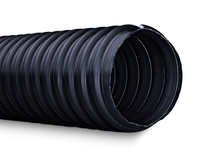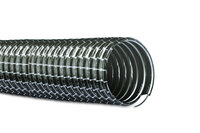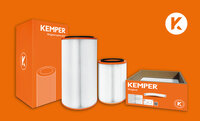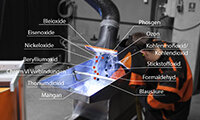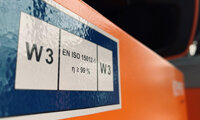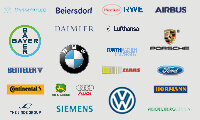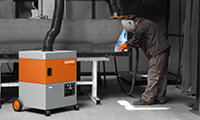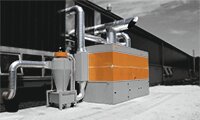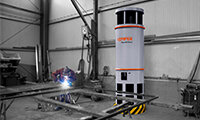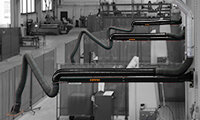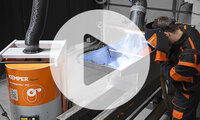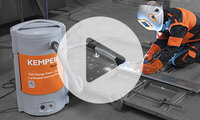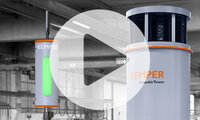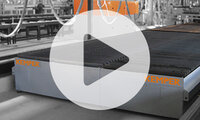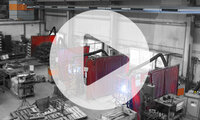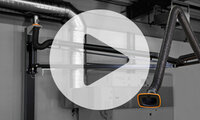-
Please select a product category
-
Products:
Show overview -
Mobile Filter Units
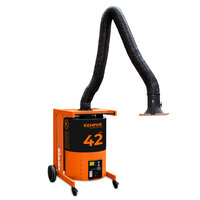
- back | Mobile Filter Units
- Mobile Filter Units: Show overview
-
SmartMaster
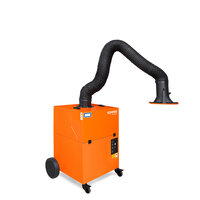 Disposable filter - 13 m²
Disposable filter - 13 m² -
ProfiMaster
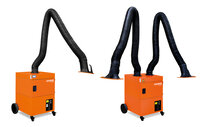 Disposable filter - 17 m²
Disposable filter - 17 m² -
SmartFil
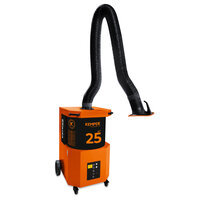 Disposable filter - 25 m²
Disposable filter - 25 m² -
MaxiFil
 Disposable filter - 42 m²
Disposable filter - 42 m² -
MaxiFil Active Carbon
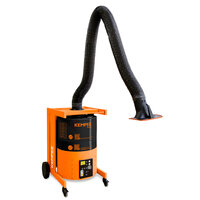 Disposable filter - 34 m²
Disposable filter - 34 m² -
FilterMaster XL
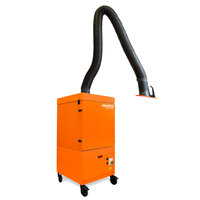 Automatic filter cleaning
Automatic filter cleaning -
MaxiFil Clean
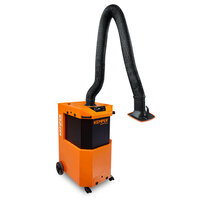 Automatic filter cleaning
Automatic filter cleaning -
Replacement filter
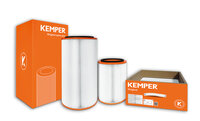 For mobile devices
For mobile devices- back | Replacement filter
- Replacement filter: Show overview
-
Spare filter for SmartMaster
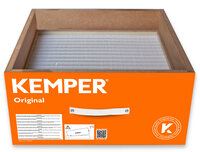 Disposable filter - 13 m²
Disposable filter - 13 m² -
Spare filter for ProfiMaster
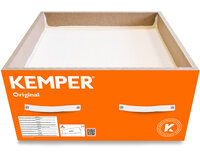 Disposable filter - 17 m²
Disposable filter - 17 m² -
Replacement filter for SmartFil
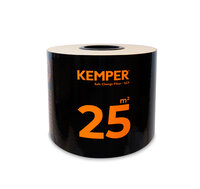 Disposable filter - 25 m²
Disposable filter - 25 m² -
Replacement filter for MaxiFil
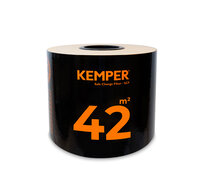 Disposable filter - 42 m²
Disposable filter - 42 m² -
Set Main filter and activated charcoal filter for ...
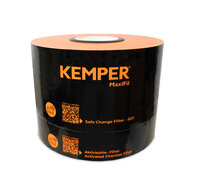
-
Spare filter for MaxiFil
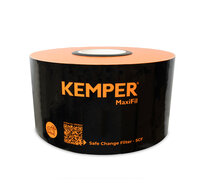
-
Activated charcoal filter
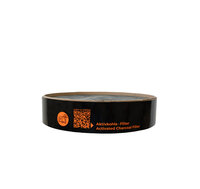
-
Replacement filter for FilterMaster XL
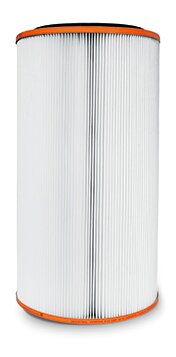 KemTex® ePTFE - 10 m²
KemTex® ePTFE - 10 m² -
Spare filter for Cartridge Filter
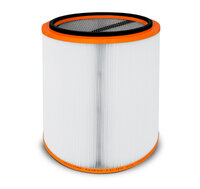 KemTex® ePTFE - 15 m²
KemTex® ePTFE - 15 m² -
Dust collection cartridge MaxiFil Clean (Set of 4)

-
Stationary Extraction Systems
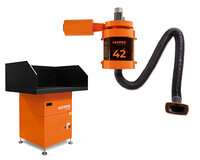
- back | Stationary Extraction Systems
- Stationary Extraction Systems: Show overview
-
WallMaster
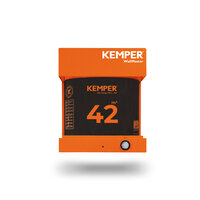 Disposable filter - 42 m²
Disposable filter - 42 m² -
MaxiFil stationary
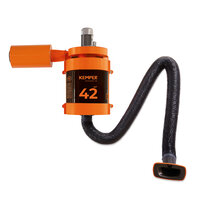 Disposable filter - 42 m²
Disposable filter - 42 m² -
FilterTable
 Disposable filter - 16 m²
Disposable filter - 16 m² -
FilterTable GWT
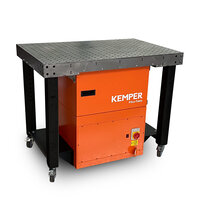 Disposable filter - 15,8 m²
Disposable filter - 15,8 m² -
Cartridge Smoke Filter Unit Stationary
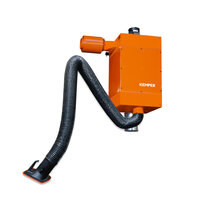 Automatic filter cleaning
Automatic filter cleaning -
Cartridge Smoke Filter Unit Stationary
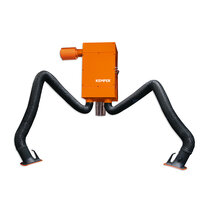 Automatic filter cleaning
Automatic filter cleaning -
FilterCell XL
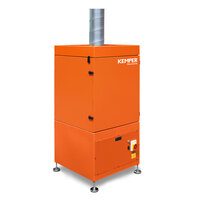 Automatic filter cleaning
Automatic filter cleaning
-
Central Extraction Systems
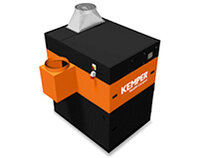
-
High-vacuum Extraction
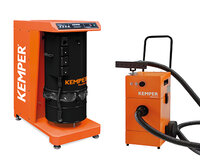
-
General Ventilation Systems
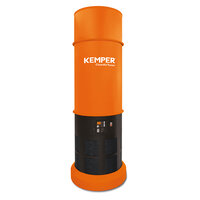
- back | General Ventilation Systems
- General Ventilation Systems: Show overview
-
CleanAirTower SF 9000
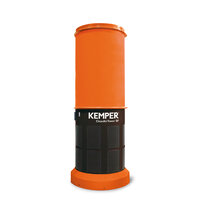 Storage filter - 100 m²
Storage filter - 100 m² -
CleanAirTower
 Automatic filter cleaning
Automatic filter cleaning -
KemJet
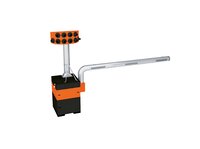 General Ventilation System
General Ventilation System -
System Push-Pull
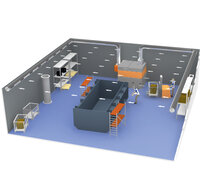
-
Displacement Ventilation
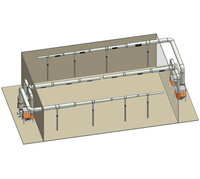
-
Air Monitoring System AirWatch
 Traffic light red - yellow - green
Traffic light red - yellow - green
-
Exhaust Arms And Fans

- back | Exhaust Arms And Fans
- Exhaust Arms And Fans: Show overview
-
Exhaust Arms
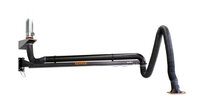 Various arm lengths
Various arm lengths -
Fans
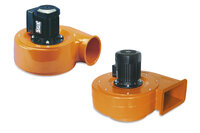
-
Exhaust air set
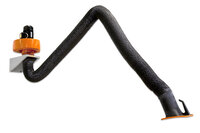 All-In-One
All-In-One
-
Extraction And Cutting Tables
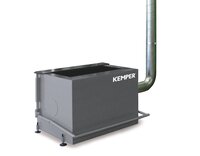
- back | Extraction And Cutting Tables
- Extraction And Cutting Tables: Show overview
-
Extraction Tables For Manual Applications
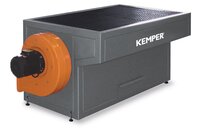
- back | Extraction Tables For Manual Applications
- Extraction Tables For Manual Applications: Show overview
-
Grinding Tables
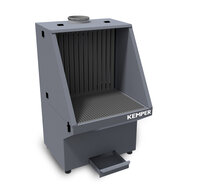
-
Welding Fume Extraction Tables

-
Welding Fume Extraction Tables With Fan

-
FilterTable Extraction

-
Hand Cutting Extraction Tables
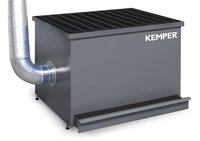
-
Hand Cutting Extraction Table With Fixture
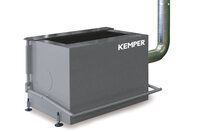
-
Welding Smoke Extraction Training Tables
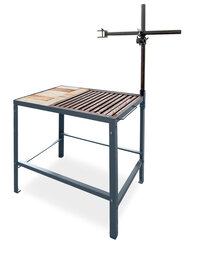
-
Training table with forced position welding ...
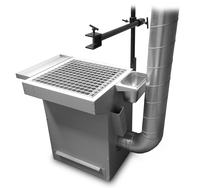
-
Fume Extraction Tables For Cutting Systems
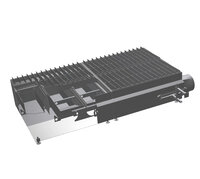
- back | Fume Extraction Tables For Cutting Systems
- Fume Extraction Tables For Cutting Systems: Show overview
-
KemTab
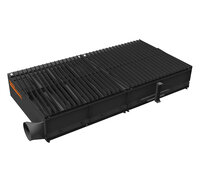 up to 300 Ampere
up to 300 Ampere -
KemTab Advance
 up to 300 Ampere
up to 300 Ampere
-
Occupational safety and partition walls
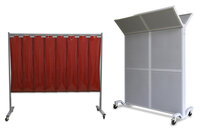
- back | Occupational safety and partition walls
- Occupational safety and partition walls: Show overview
-
Welding Protection Curtain
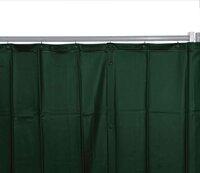
-
Welding strip curtains
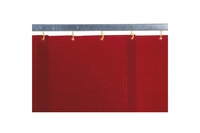
-
Welding protection strips
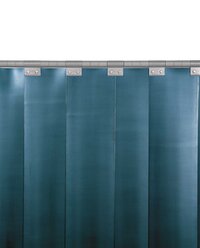
-
Welding protectors
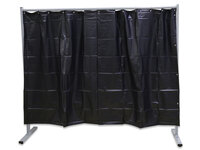
- back | Welding protectors
- Welding protectors : Show overview
-
1-Panel Mobile Protective Screen With Curtain

-
1-Panel Mobile Protective Screen With Curtain
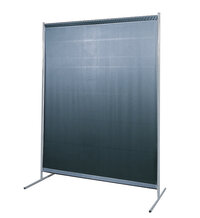
-
1-Panel Mobile Protective Screen With Strip ...
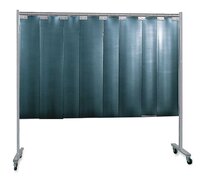
-
1-Panel Mobile Protective Screen With Strip ...

-
3-Panel Mobile Protective Screen With Curtain

-
3-Panel Mobile Protective Screen With Strip ...

-
3-Panel Mobile Protective Screen With Strip ...

-
Wheel set
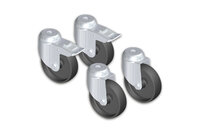
-
Welding protective blankets
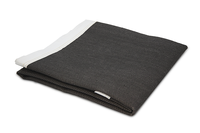
- back | Welding protective blankets
- Welding protective blankets: Show overview
-
Welding Blanket 750°C

-
Welding Blanket 950 °C

-
Welding Blanket 1.350°C

-
Sound Insulating Partitioning Wall Systems

-
Mobile soundproof wall
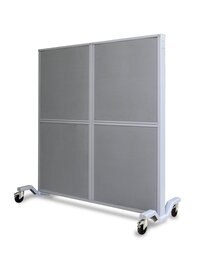
-
Pivoting arm, wall-mounted or with column
- back | Pivoting arm, wall-mounted or with column
- Pivoting arm, wall-mounted or with column: Show overview
-
Pivoting Arm
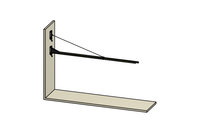
-
Pivoting Arm

-
Pivoting Arm Including Column
-
Pivoting Arm Including Column
-
Swivel Arm
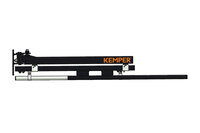
-
Hoses
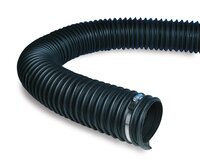
-
Please select a page
-
Worth knowing:
Show overview -
Weldings fumes in general
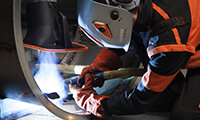
-
Regulations of welding fumes

- back | Regulations of welding fumes
- Regulations of welding fumes: Show overview
-
1. Overview

-
2. Hazard Assessment
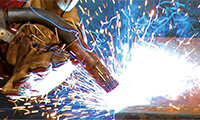
-
3. Measures of fume extraction
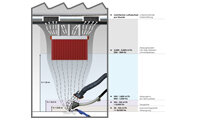
-
4. Effectiveness check
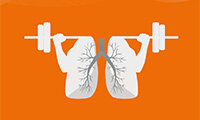
-
Extraction unit - Overview of applications
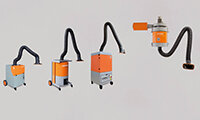
- back | Extraction unit - Overview of applications
- Extraction unit - Overview of applications: Show overview
-
Mobile Extraction Systems - Area of application
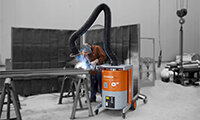
-
Mobile Extraction Systems - selection criteria
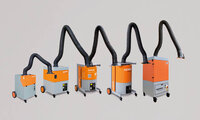
-
Stationary Extraction Systems - application area

-
Stationary Extraction Systems - selection criteria
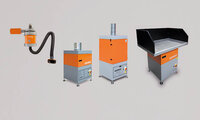
-
Zentrale Absauganlage - Filteranlage Überblick
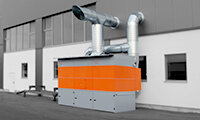
- back | Zentrale Absauganlage - Filteranlage Überblick
- Zentrale Absauganlage - Filteranlage Überblick: Show overview
-
Central Extraction Systems - overview
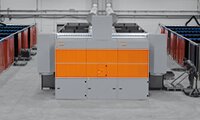
-
Central Extraction Systems in detail
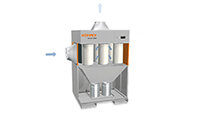
-
Accessories for central extraction units
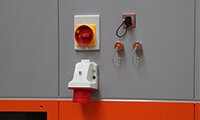
-
IFA W3 examination for central filter unit

-
Surface filtration Filter cartridges

-
General ventilation system

-
Exhaust arm overview
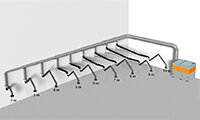
-
Extraction table - cutting table
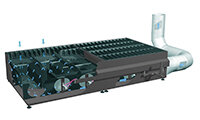
-
Please select a page
-
Current topics:
Show overview -
News

-
Trade fairs

-
Luftreiniger AirCO2NTROL
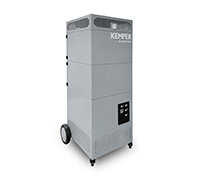
-
Please select a page
-
Blog:
Show overview
-
Please select a page
-
Services:
Show overview -
Catalogue order

-
Downloads

-
Product registration
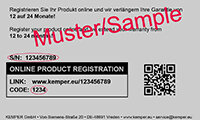
-
Videos
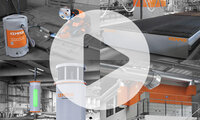
-
Please select a page
-
Downloads:
Show overview
Is welding in Germany on the edge of legality?
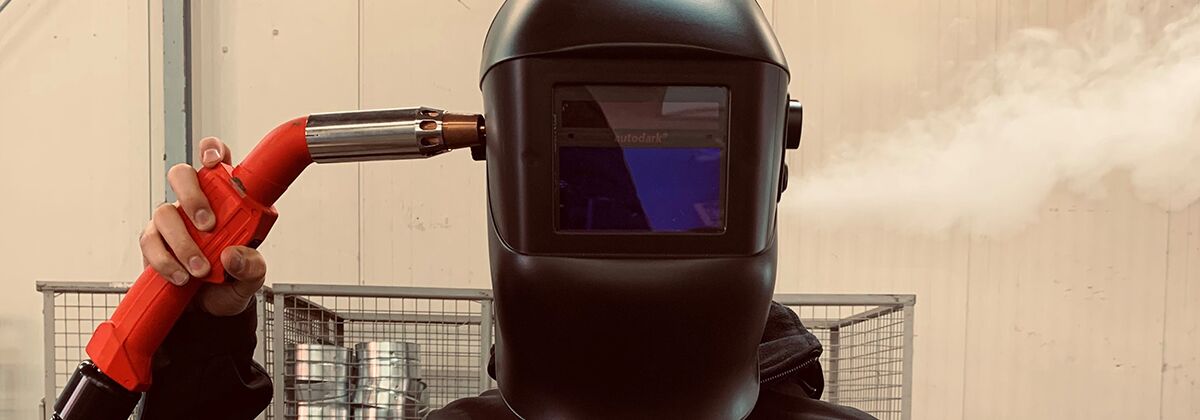
From a purely occupational health point of view this is true. But what is it all about? The fact that the general dust limit value in Germany 1.25 mg/m³ is well known and compliance is already tough work in many companies. In contrast to the manganese value, however, this hurdle is just knee-high, whereas you would need a trampoline to overcome the manganese value hurdle.
- "The claim of a good welding company should be to make the hurdle for limit values look like small sticks".
Back to the beginning: The limit value for manganese (E-dust) was lowered from 0.5mg/m³ to 0.2 mg/m³ in 2015. So far so good. The real problem lies in the very fine, i.e. alveolar dusts of manganese. These lead to Parkinson-like symptoms, so a new limit value of 0.02 mg/m³ has been set for these so-called A-dusts. This is a reduction of 96 percent compared to the original value and thus a real gamechanger for occupational health and safety. The orientation of many companies is aimed at the supposed minimum target of the general dust limit value of 1.25 mg/m³. However, this is far from ensuring that the limit value for manganese is also complied with. In this case it is not enough to reach the goal line - you have to go beyond to make the hurdle for limit values look like a small stick.
The limit value for manganese is already today just as binding as the general dust limit value. There is no time lag in between. The difference: manganese has been below the radar for a long time. Because the 0.5 mg/m³ were practically never exceeded, the manganese concentration was rarely measured before 2015. As a result, there was hardly any information about how high the actual value is - after all, it was almost always below the limit. Only after the reduction was the manganese concentration measured more frequently and now regularly. Because the limit value for manganese is often still exceeded by a factor of 3 to 5 even when the general dust limit value is complied with, it now represents the real hurdle. The fact that the general dust limit value is complied with does not help the company.
- "In contrast to the manganese value, this hurdle is just knee-high, whereas you would need a trampoline to overcome the manganese value hurdle.
But what must weld companies do to comply with the limit values? First the status quo should be reviewed. For this purpose, companies can call in the expertise of an air pollution control expert to exploit all potential. From modern spot extraction units or extraction torches, to the addition of room ventilation systems or spatial separation, there are many ways to achieve maximum protection for employees. In addition, employees should be made aware of the dangers of welding fumes through regular training. This is particularly important because in the end it is often the welder's own willingness to protect himself and his colleagues from the dangers that determines whether or not the welding results fall well below the limit values.
One thing is certain: Whoever deals with the implementation of an efficient air pollution control concept at an early stage guarantees the highest health precautions, which are far below the general dust limit value. Extraction experts like KEMPER can provide support during implementation - both technically and in an advisory capacity. Together we will tackle it so that welding will remain legal in the future.
Search Kemper.eu
Use the search box below to search for products, services and information on Kemper.eu.
CloseHow may we contact you?
Just fill out the form. We will contact you as soon as possible.

